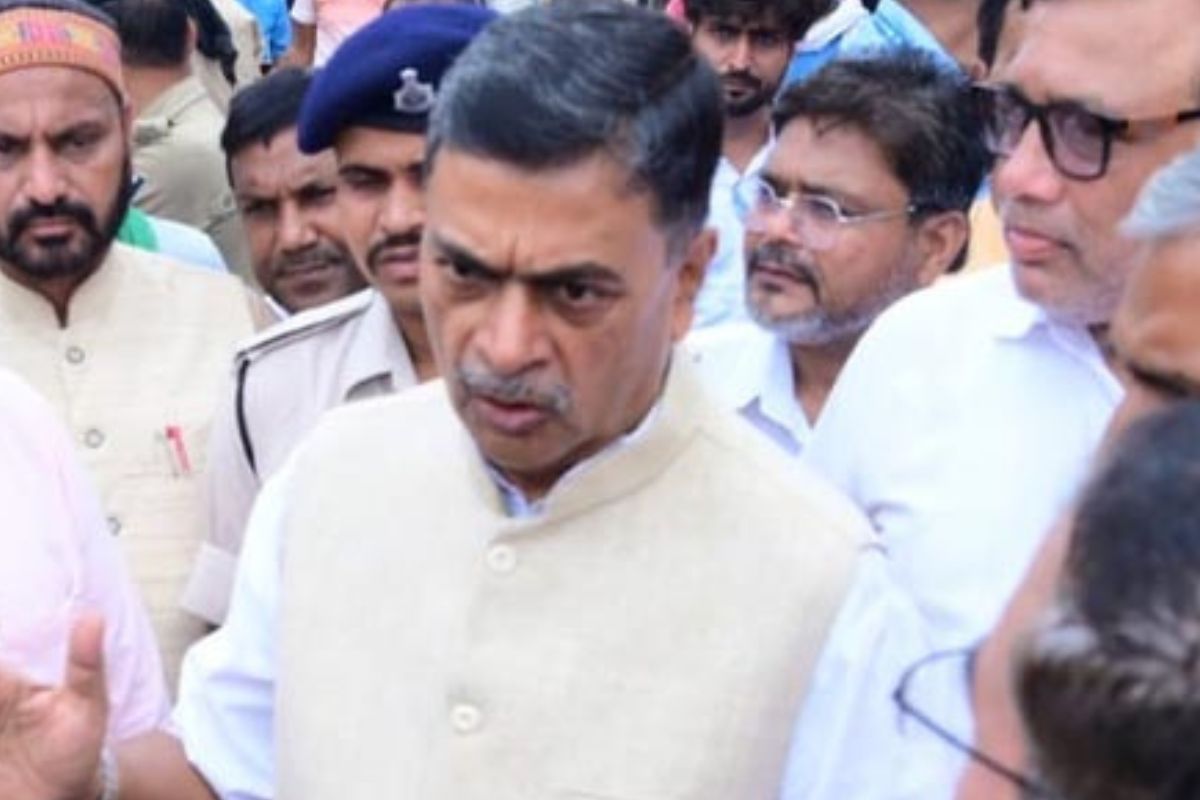Assam CM advocates Hindi as unifying lang amidst resistance in South
Assam Chief Minister Himanta Biswa Sarma on Wednesday claimed that Hindi is not only just the official language of the country, but also the language of heart of every Indian.
Expressing satisfaction with the status of 2000 MW Subansiri Lower Hydroelectric Project in Arunachal Pradesh and Assam, the Union minister highlighted the amplified significance of hydropower in ensuring a seamless transition to renewable energy.

Union Minister for Power and New & Renewable Energy R K Singh conducted an onsite inspection of the 2000 MW Subansiri Lower Hydroelectric Project in Arunachal Pradesh and Assam.
His inspection encompassed key construction areas like the dam, intake structures, and diversion tunnels in Gerukamukh, Assam, where he evaluated ongoing activities and received briefings on the progress of the project.
Advertisement
Later during a review meeting, Singh emphasised the need for concerted efforts to overcome project challenges and urged NHPC officials and contractors to comply with the project timeline.
Advertisement
Expressing satisfaction with the project’s status, he highlighted the amplified significance of hydropower in ensuring a seamless transition to renewable energy. He emphasised that while solar and wind power contribute significantly, achieving uninterrupted renewable energy without hydropower remains a challenge.
The minister underlined India’s burgeoning hydropower capacity, citing collaborations with Arunachal Pradesh for 13 hydroelectric projects, collectively amounting to 13,000 MW. These ventures are expected to attract an investment of approximately Rs 1.4 lakh crore, substantially elevating the state’s per capita income while supplying clean power to the nation.
Furthermore, Singh delineated ongoing hydropower projects in Jammu & Kashmir, emphasising the substantial investments and advancements in harnessing hydroelectric potential in the region.
Highlighting India’s utilisation of only 35 per cent of its available hydropower potential, Singh stressed the need to bridge this gap compared to developed nations, where utilization reaches 70 to 80 per cent.
Addressing the escalating power demand in India, he hinted at a 20 per cent increase from the previous year and projecting doubling of power consumption by 2030. He highlighted the country’s efforts to match this burgeoning demand by swiftly adding power capacity, both in renewables and thermal sectors.
Singh reiterated India’s commitment to responsible growth and its achievement in surpassing the 40 per cent non-fossil-fuel capacity target set for 2030, nearly a decade ahead of schedule. He also reiterated India’s stance on utilising fossil fuels for growth while maintaining significantly lower per capita carbon emissions compared to developed nations.
Accompanying Singh on this inspection were key officials including Union Power Secretary Pankaj Agarwal, NHPC CMD R. K. Vishnoi, Ministry of Power’s Joint Secretary (Hydro) Mohammad Afzal, among others.
Advertisement